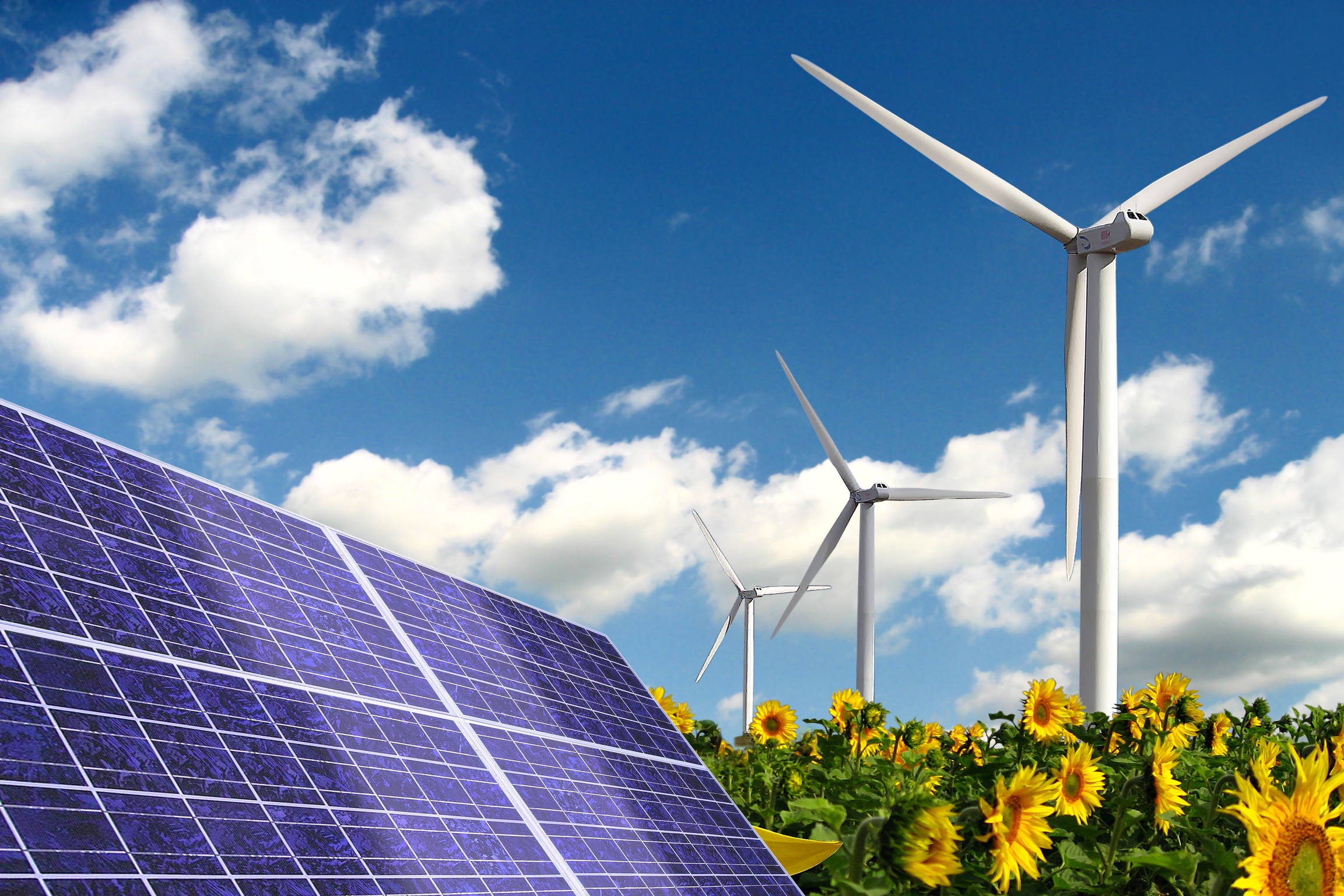MIT boffins unveil self-healing solar cells
MIT studies plants to develop longer-living power supply.

A solar cell that can withstand the rigours of exposure to ultraviolet (UV) light has been developed by a research team at MIT in Massachusetts.
The problem with modern solar cells is that they deteriorate in sunlight just like most other things. Michael Strano, an associate professor of chemical engineering at MIT, said that he and his team used biological regeneration in a plant's photosynthetic process as their inspiration to produce a self-healing system.
Conventional silicon-based photovoltaic cells actually show little degradation but the drive is to produce lower-cost, higher-efficiency systems which are more susceptible.
"Often people see, over 60 hours, the efficiency falling to 10 per cent of what you initially saw," Strano claimed.
The new molecular cells are about 40 per cent efficient in converting light, about double the efficiency of today's best solar cells. Strano claims that, theoretically, his cells could be close to 100 per cent.
About 18 months ago, Intel installed conventional solar panels at a facility in Rio Rancho, New Mexico to test the potential for using solar energy to provide power for data centres. The array on test could only generate 10 kilowatts of electricity, barely enough power to support a single rack.
Last January, the company announced plans for eight new solar power installations as part of the company's initiative to boost energy efficiency.
Get the ITPro daily newsletter
Sign up today and you will receive a free copy of our Future Focus 2025 report - the leading guidance on AI, cybersecurity and other IT challenges as per 700+ senior executives
The new sites will generate approximately 2.5 megawatts of clean energy, according to Intel. For a megawatt of power, it is estimated that an array of panels covering 700 square feet (65 square metres) would be required.
The MIT research promises to reduce this by at least half and be more reliable and last longer.
To imitate the photosynthetic process, Strano and his team produced molecules, called phospholipids, that form discs. These discs provide structural support for the actual molecules that can convert light to electrical current.
The discs are held in a solution where they attach themselves spontaneously to carbon nanotubes capable of conducting electricity a thousand times better than copper. They channel the flow of electrons knocked loose by the sunlight action on the disc structures.
Apart from acting as microscopic wires, the nanotubes also hold the phospholipid discs in a uniform alignment so the reaction centres can all be exposed to sunlight evenly.
When the cell needs recharging, its constituents are broken down by the addition of a chemical. When this is removed, the cells reconstitute automatically.
The project still has some way to go before it could be considered a commercial proposition. The concept of mimicking biological regenerative systems is sure to inspire other projects in related fields.
-
 Cleo attack victim list grows as Hertz confirms customer data stolen
Cleo attack victim list grows as Hertz confirms customer data stolenNews Hertz has confirmed it suffered a data breach as a result of the Cleo zero-day vulnerability in late 2024, with the car rental giant warning that customer data was stolen.
By Ross Kelly
-
 Lateral moves in tech: Why leaders should support employee mobility
Lateral moves in tech: Why leaders should support employee mobilityIn-depth Encouraging staff to switch roles can have long-term benefits for skills in the tech sector
By Keri Allan